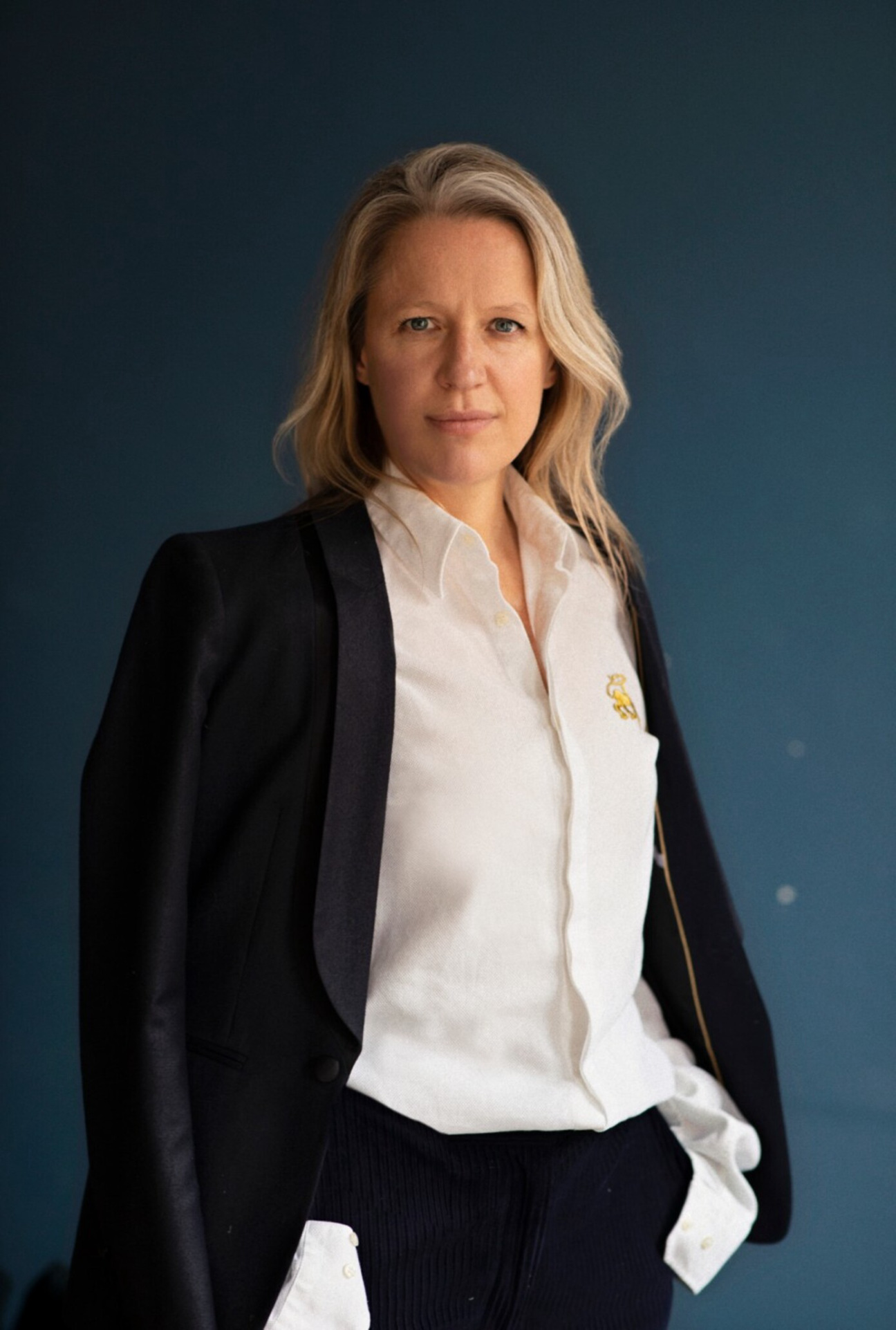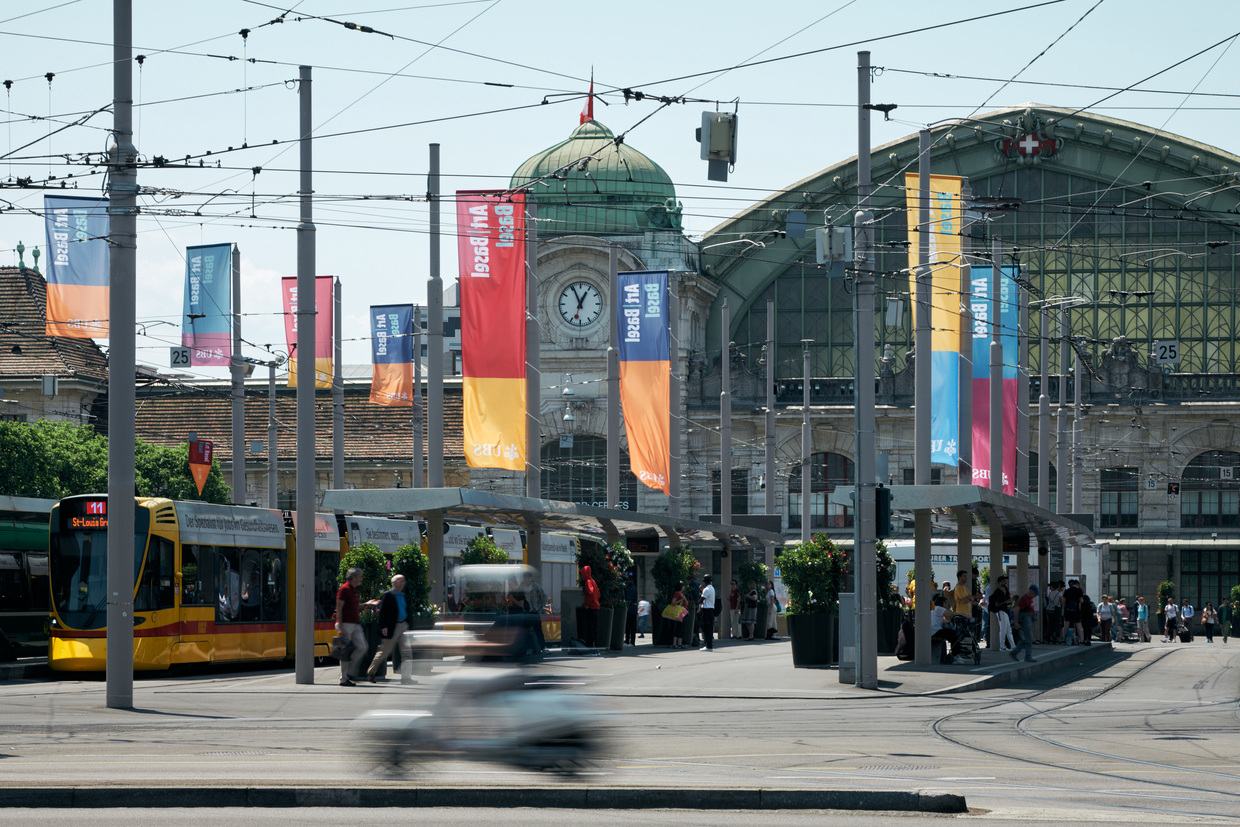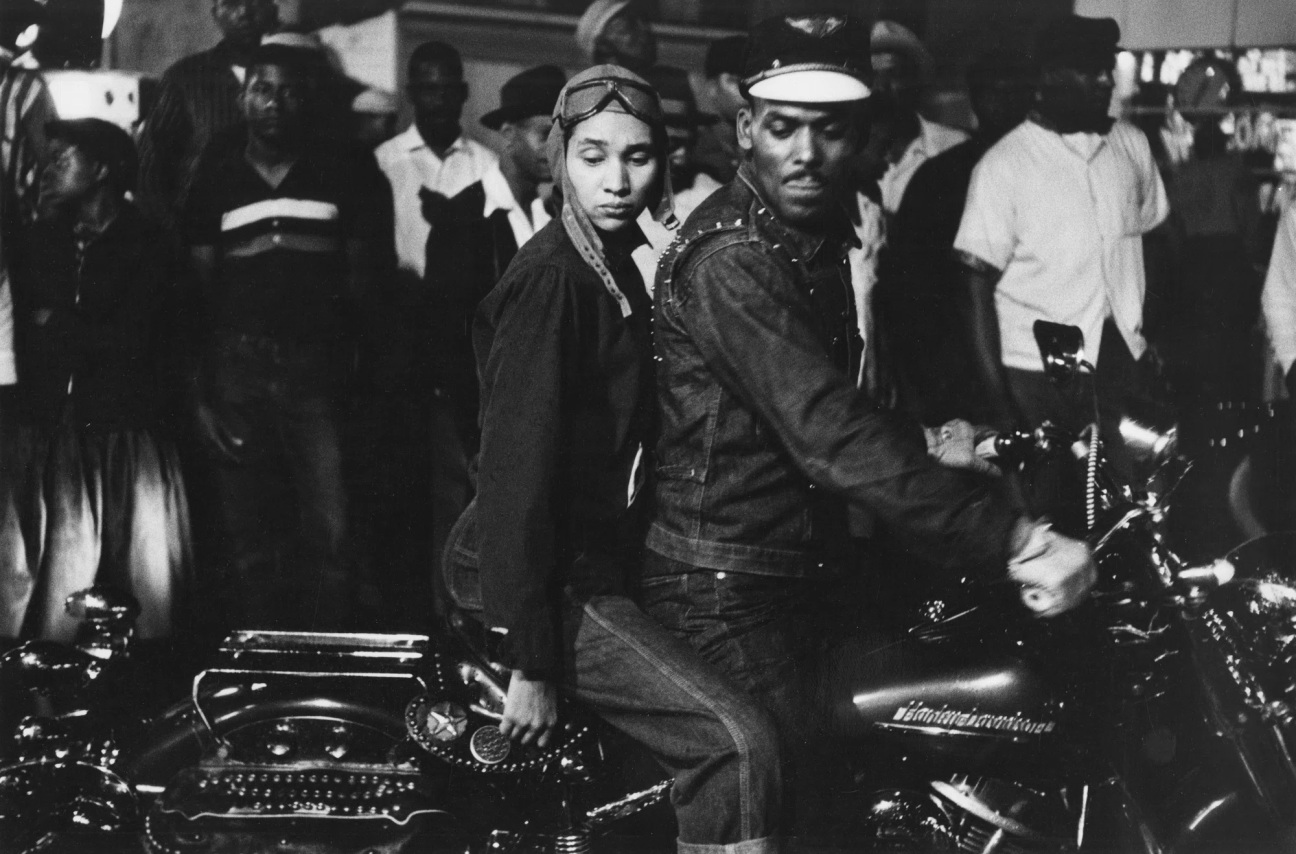
When gallerists Ernst Beyeler, Trudl Bruckner, and Balz Hilt opened the first edition of Art Basel in 1970, around 16,000 individuals flocked to the Swiss city that straddles the banks of the Rhine. Five decades later, the number of visitors has increased fivefold, and the fair has become the definitive art world rendez-vous. Art Basel has expanded to Miami Beach, Hong Kong, and, most recently, Paris in 2022, but its symbolic nerve center remains in Switzerland.
This year marks the first edition of the fair to be captained by Maike Cruse, a Berlin art scene veteran who was most recently the head of Gallery Weekend Berlin. Cruse has taken on the newly created role of Art Basel director amid a restructuring of the Swiss brand, which now employs heads of each fair as well as a CEO, Noah Horowitz, who oversees the global operation.
Cruse is no stranger to the House of Basel: she led the fair's communications from 2008 to 2011. Known for her emphasis on collaboration and community engagement, Cruse brings a keen eye and optimistic outlook to an ecosystem that has weathered a fair amount of uncertainty over the past few years. "Our galleries are doing exactly the right thing at the moment," she told CULTURED over the phone. "If you bring together high-quality works and lots of fantastic collectors and museum groups, then mostly the market follows." Here, she remembers her first visit to the fair, reflects on Art Basel's ability to balance local and global interests, and shares a few highlights to add to your itinerary this week.
CULTURED: Do you remember the first time you attended Art Basel?
Maike Cruse: It must have been about 20 years ago. I was an intern for the KW Institute for Contemporary Art back then; we came here with the whole team. That was the first time I got confronted with the art market side of things. I was struck by the high quality of work presented from very emerging artists to art historical masterpieces. What was also very interesting and a lot of fun was that it was in this intimate city with such great museums. The city of Basel is really one of the major reasons for Art Basel’s success, because it's a small city with such a high density of high-quality institutions—all within walking distance. You could meet the entire international art world in this one city.
CULTURED: Coming from an institutional background—having gone to art school and worked at places like KW—how did you wind up on the more market side of the industry with your role as Art Basel’s communications manager in 2008?
Cruse: It was actually Marc Spiegler [Art Basel's former global director] who asked me if I wanted the job. He convinced me that it's a very important organization helping artists to thrive [by] supporting galleries in the best way.

CULTURED: What were those three years working for Art Basel like, and how have you seen the fair evolve between your departure in 2011 and now?
Cruse: I learned everything about the art market, you know? And also I learned how Art Basel works. The goals really remain the same: to be the most important art fair for our galleries and artists to thrive. When I worked here last, there were two directors and two fairs. Since then, we have added two more fairs, in Hong Kong and Paris, and Art Basel has become a truly global organization.
CULTURED: How much are you in contact with Clément Delépine and Angelle Siyang-Le, the directors of Art Basel Paris and Art Basel Hong Kong?
Cruse: We are all very much focused on our fairs because, as you say, we are very interested in establishing a more regional identity for each. We work very closely with our cities and we foster a very different set of galleries. Having said that, we are one team and we exchange very regularly about who is doing what, the new initiatives, how we can collaborate, how we can support each other…

CULTURED: Art Basel is the ultimate European fair. How are you balancing your support for the local cultural landscape while still inviting a global outlook? What does that translate to practically?
Cruse: We have 60% European galleries at Art Basel in Basel, but galleries come from 40 countries total. So we successfully diversified and rejuvenated the gallery list in the past years. This year, we introduced 22 new galleries to Art Basel, which is quite a high number. Six of those are coming from Asian countries and are totally new to the fair. The art world grew, and we are growing with it. At the same time, people are coming to Art Basel from all over the world. At the moment, I think we have responses from collectors, curators, and museum groups from 88 countries. But the country that's most presented in terms of guests and collectors is Switzerland. Then it's Germany. Third is actually the U.S. Then the U.K. and France.
CULTURED: You mentioned how compelling Basel is as a cultural ecosystem. Art Basel has always been in dialogue with the city and its institutions. How are you maintaining and even furthering that exchange?
Cruse: Now being in Basel all the time, I work on this local identity much more. I was in very close touch with everyone here—the institutions, the city, but also Liste, the younger arts fair, and Basel Social Club, the more freestyle event space that we have here this week. We are developing closer collaborations this year, but also for the future.
CULTURED: What has it been like to work with Stefanie Hessler on the reimagined Parcours program?
Cruse: It was a pure pleasure. Stefanie and I were convinced about moving the show to Clarastrasse, which is the shopping street linking the Messeplatz and the Rhine. It's really a curated exhibition that meanders through empty stores and operational shops, a hotel, a restaurant, a brewery, and a church. Through the really ambitious projects she selected, many of which are site-specific and newly produced, the sector explores the transformation of and circulation in cities today. We are also using an empty shopping mall, something that exists in many cities around the world right now, especially after Covid and [the rise of] online shopping. Stefanie included works by Alvaro Barrington, who will show an installation at the shop Tropical Zone. Mandy El-Sayegh is preparing a performance at the empty shopping mall. Rirkrit Tiravanija will bring his flags to the Middle Bridge. And there will be a portable garden by Lois Weinberger, attracting insects and bees to Claraplatz!
CULTURED: Beyond Parcours, are there any activations you're really looking forward to or proud of this edition?
Cruse: This year’s Messeplatz project! We invited the pioneering land artist Agnes Denes to bring one of her iconic wheat fields to Basel. The wheat is already growing, and the piece will stay on Messeplatz until it's harvested in August. It's going to be a collaborative event where everybody can harvest it together.

Unlimited is also always so special because we don't have this at all our other fairs. It's the most complex and ambitious exhibition that exists in the world of fairs internationally. I'm very happy and proud that we have such fantastic works in the show this year, like a unique spatial work by Donald Judd that has never been shown in Europe before, or a 46-meter work by Keith Haring, which was dispersed, and is now on view for the first time again at Unlimited. We have one of the first multimedia installations of Faith Ringgold from 1976, the wrapped Volkswagen Beetle by Christo, and then the iconic series “The Americans” by Robert Frank that inspired so many photographers and filmmakers. There are also a few great pieces by more emerging artists, like a performative piece by Anna Uddenberg and a performance by Seba Calfuqueo.
CULTURED: How would you describe the Maike Cruse vision for Art Basel?
Cruse: My perspective on Art Basel is that it's a platform to make artists thrive, to help make their markets, but also to contextualize them. What Art Basel is for, in the end, is to make their dreams come true.
Art Basel at Messe Basel opens to VIP visitors on June 11 and 12 and to the public from June 13 to 16.
For more on Art Basel, see CULTURED's guide to must-see shows in the city and peek inside one of Switzerland's top private collections.










 in your life?
in your life?

